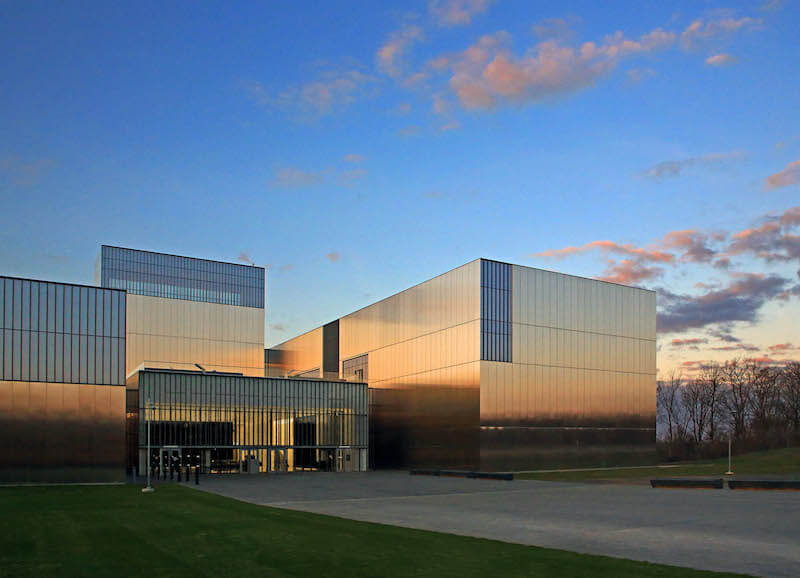The construction of the National Museum of the United States Army is completed and the facility is expected to be opened on Veterans Day, November 11, 2020. This is according to a recent statement released by the U.S. Army. The construction of the building as well as the installation of exhibits is now complete and the museum will open its doors to the public for the first time.
Documenting the entire U.S. Army history
Located on a publicly accessible area of Fort Belvoir, Virginia, the National Museum of the United States Army will be the first to document the entire history of the U.S. Army since its establishment in 1775.
“The National Army Museum will be a place for members of the total Army family to gather and share their stories, while also creating an opportunity for visitors to connect with our nation’s history through the eyes and voices of individual Soldiers,” Secretary of the Army, Ryan D. McCarthy.
The Experiential Learning Center of the museum will be a one-stop center where visitors of all ages can participate in hands-on, educational, and team-building materials and activities in the areas of science, geography, technology, engineering, and mathematics.
In a statement, the museum’s director, Ms. Tammy E. Call said the museum’s design is stunning and will showcase the history of the U.S. Army in a way that brings out the connection between the U.S. Army, the American Solider, and the country.
Enhanced safety and health measures for visitors
The building has been designed with features to improve the health and safety of visitors. This includes the use of free, timed-entry tickets to manage the number of visitors to the facility as well as offer optimal customer experience.
The museum was constructed through the partnership of the U.S. Army and the Army Historical Foundation (AHF), a non-profit organization. The U.S. Army offered utilities, roads, infrastructure, and exhibit work that transformed the building into a museum, while AHF constructed the building itself through private funds.

